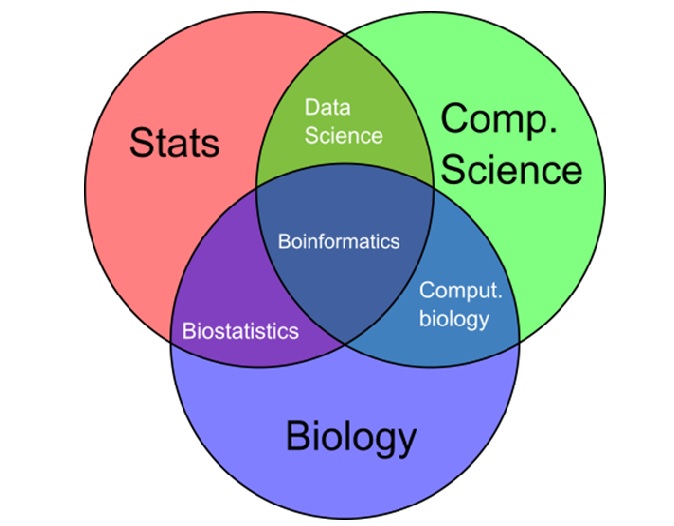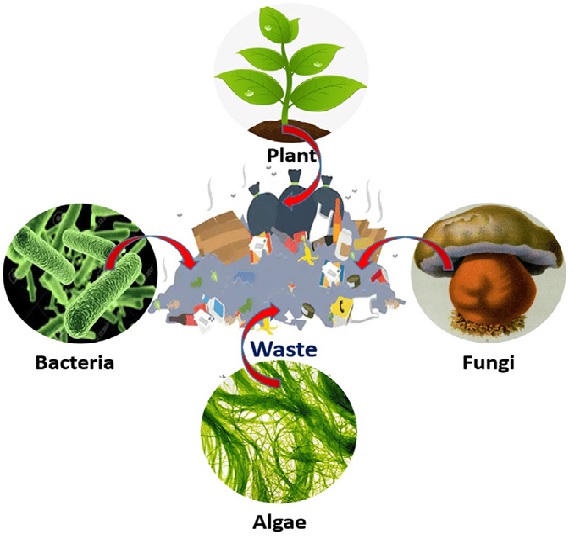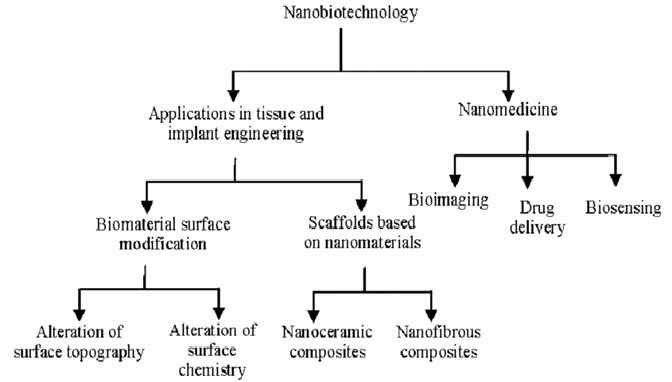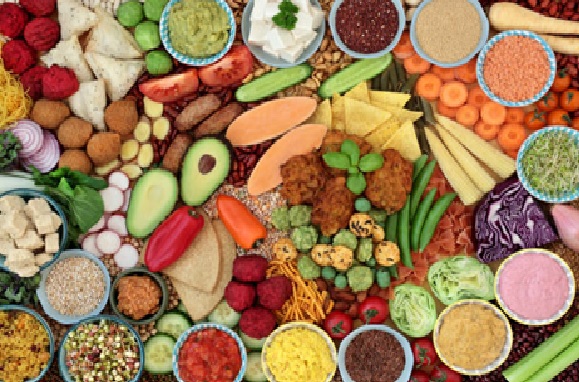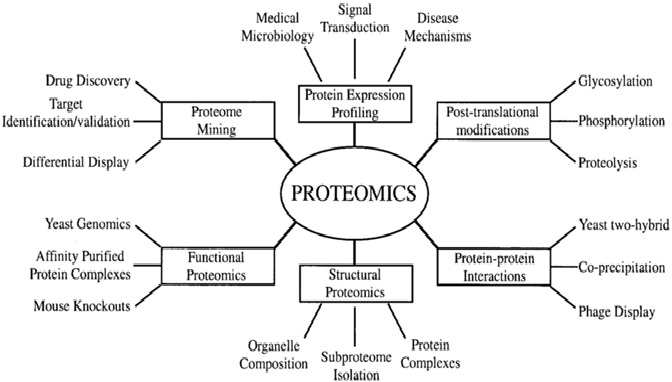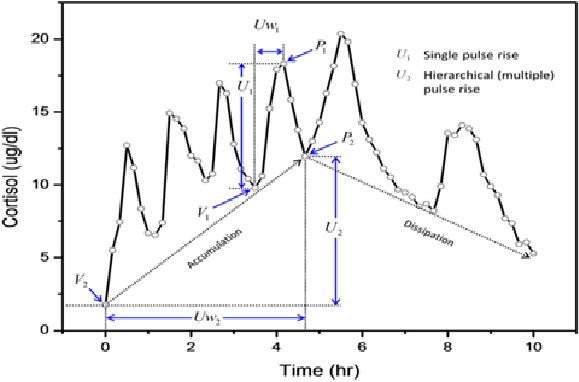Conservation Agriculture
Reducing soil disturbance, maintaining soil cover, and rotating crops to improve soil health and resilience.
Conservation Agriculture is a concept in support of sustainable land management, environmental protection and climate change adaptation and mitigation. Food and Agriculture Organization (FAO) promotes the adoption of Conservation Agriculture principles (minimum mechanical soil disturbance (no/zero-tillage, permanent soil cover and crop rotations) that are universally applicable in all agricultural landscapes and cropping systems.[1]

Figure .1 Conservation agriculture
Conservation agriculture (CA) is a farming system that aims to improve soil health, reduce erosion, conserve water, and enhance biodiversity while increasing crop yields and farmer profitability. It involves three key principles: minimum soil disturbance, permanent soil cover, and crop rotation or intercropping.
Some of the current trends in conservation agriculture include:
- Precision agriculture:The use of precision agriculture techniques, such as remote sensing, GPS mapping, and variable rate technology, to optimize inputs and minimize waste, while improving soil health and crop yields.
- Agroforestry:The integration of trees and shrubs into agricultural systems, providing a range of ecological, economic, and social benefits, including improved soil health, carbon sequestration, and diversified income streams.
- Climate-smart agriculture:The integration of CA practices into climate-smart agriculture strategies, which aim to increase resilience and reduce vulnerability to climate change, while improving food security and livelihoods.
- Conservation tillage: The use of minimum or no-till practices to reduce soil erosion, conserve moisture, and improve soil health, while reducing labor and machinery costs.
- Organic agriculture:The integration of CA practices into organic farming systems, which aim to promote biodiversity, reduce environmental impacts, and improve soil health, while meeting consumer demand for sustainably produced food.
- Farmer-led innovation:The promotion of farmer-led research and innovation, which involves the active participation of farmers in the design, implementation, and evaluation of CA practices, to ensure that they are context-specific and socially and economically viable.
Conservation agriculture has the potential to promote sustainable and resilient food systems, while improving livelihoods and protecting the environment. However, the adoption of CA practices can be challenging, particularly for smallholder farmers who may lack access to capital, inputs, and information. Ongoing research and development, as well as supportive policies and partnerships, are needed to promote the adoption and scaling up of CA practices, particularly in low-income countries and vulnerable regions.
References:
- [https://www.fao.org/3/cb8350en/cb8350en.pdf
Cite this article:
Janani R (2023),Conservation agriculture, AnaTechMaz, pp.125


